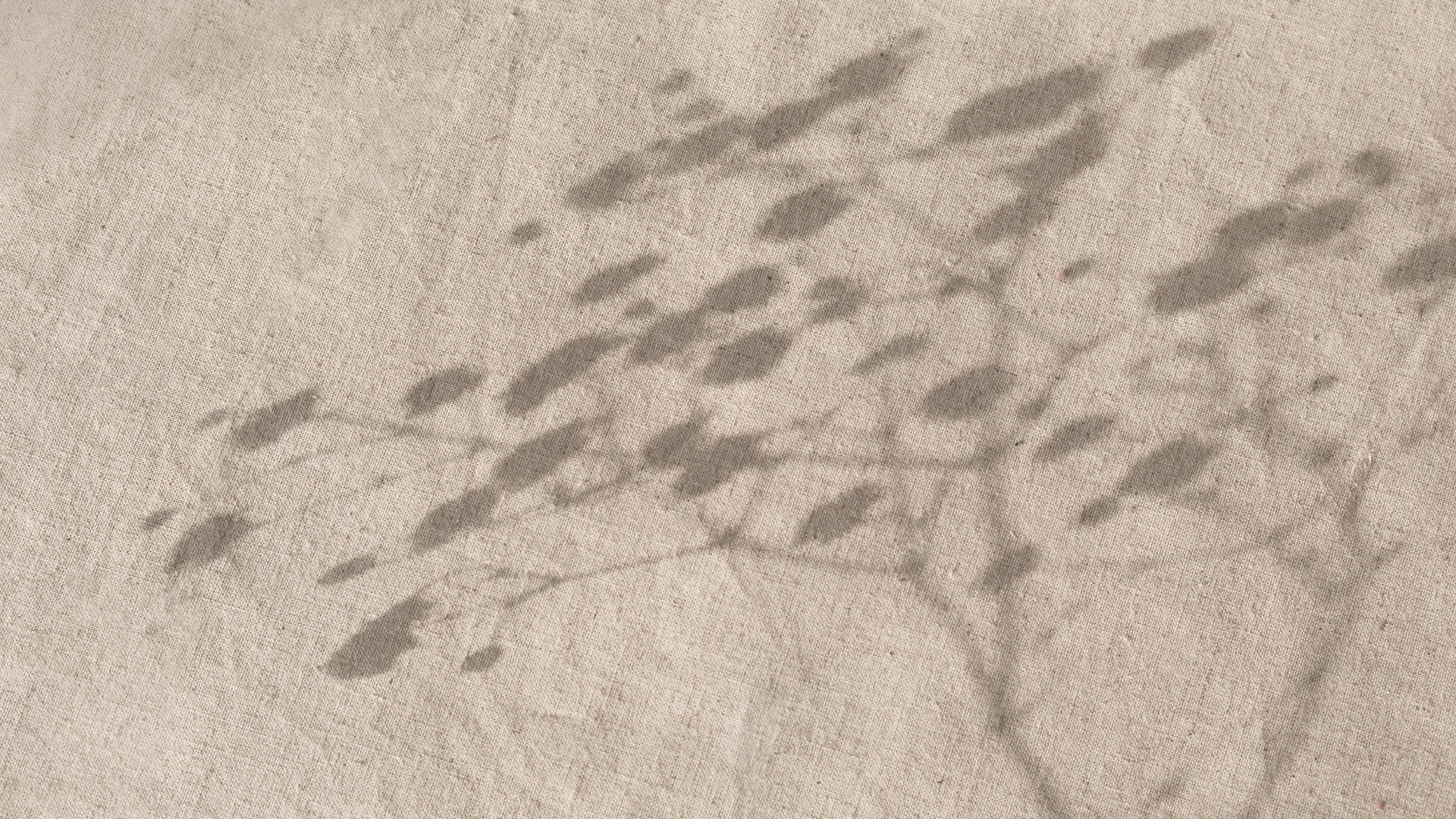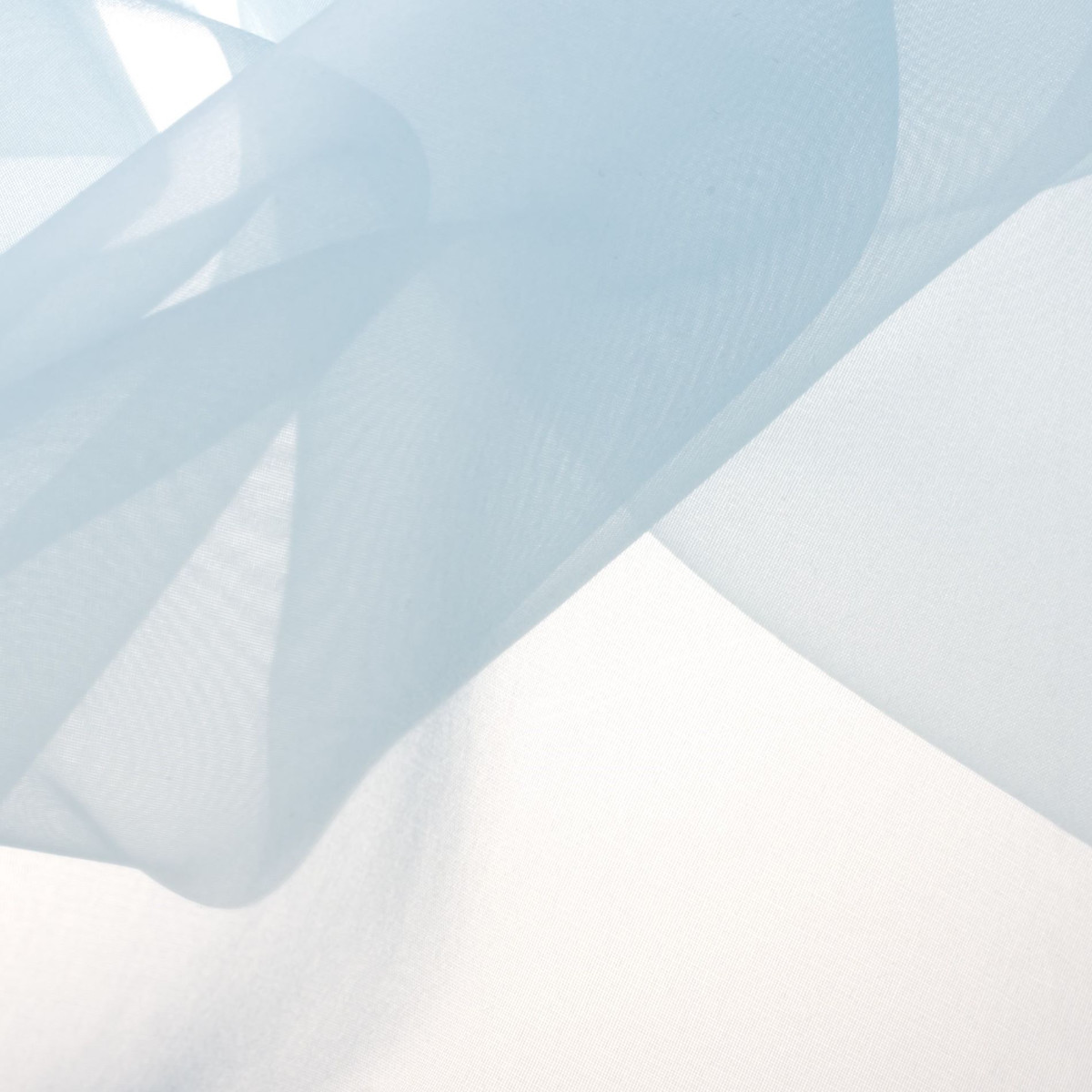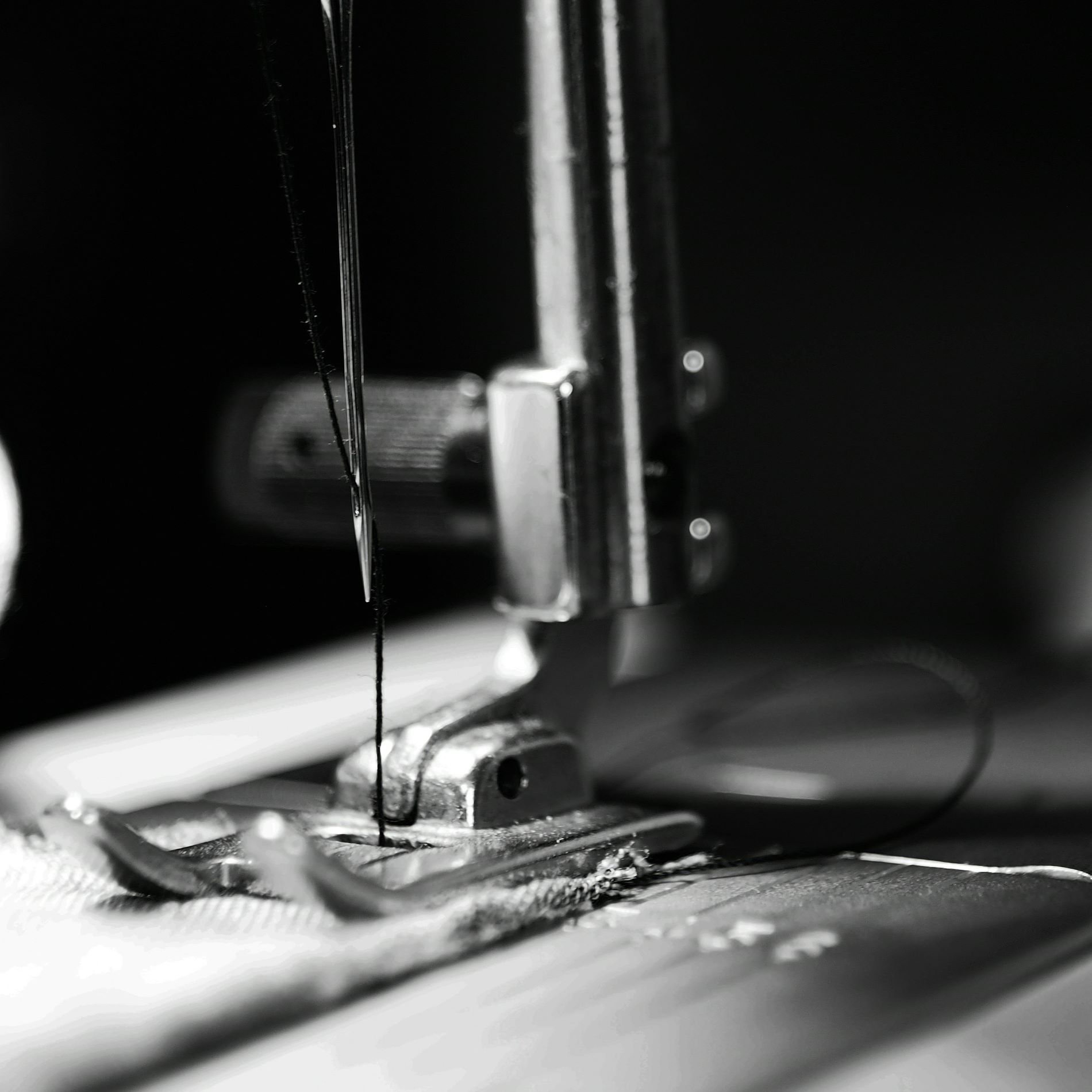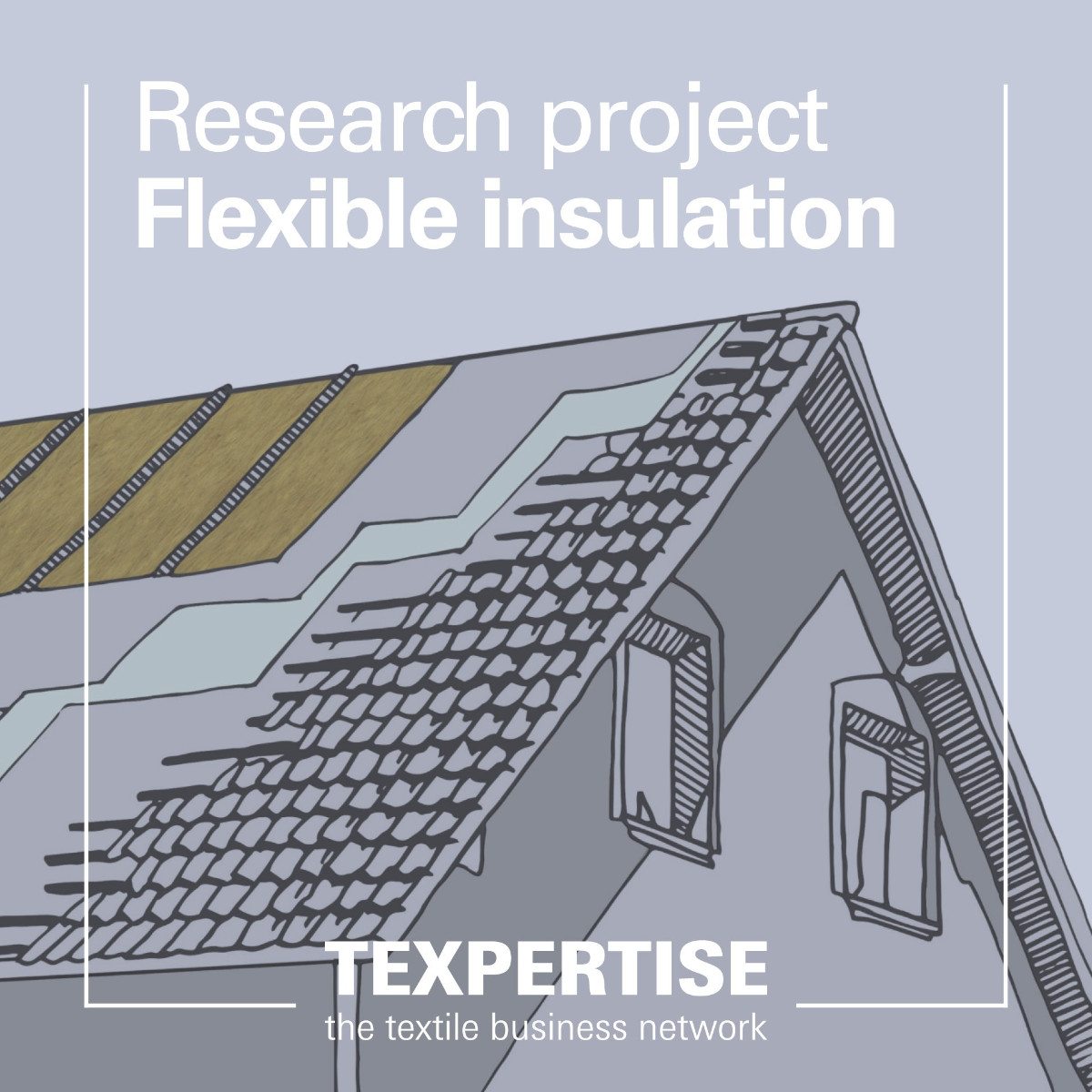Reading time: 4 minutes
Linen is one of the oldest textile materials and has been used for centuries. However, in interior design and home furnishings, linen had somewhat faded into the background in the past. Synthetic fibres, being lighter and more easily mass-produced, became the preferred alternative.
Nevertheless, linen fabrics offer several advantages that make them highly valuable for interior textiles. Their natural texture appeals to many customers seeking a warm and inviting home atmosphere. In addition, practical considerations also support the use of linen in interior design.
The benefits of linen at a glance
Linen fabrics possess various positive attributes that secure their place in interior decoration. One key factor is the durability of linen fibres. With high breathability and antimicrobial properties, linen is particularly suitable for living spaces where hypoallergenic materials are preferred—such as the bedroom. Additionally, when it comes to sustainability, linen textiles remain an excellent alternative.
Linen as a material: how its unique properties are formed
The numerous advantages of linen in interior design stem primarily from the special characteristics of its long fibres. These are predominantly composed of cellulose (up to 70%), hemicellulose, pectin, and lignin. The high cellulose content contributes to linen’s physical properties and mechanical stability. Furthermore, the surface structure, with its natural wax coating, influences the behaviour of linen fabrics.
Linen offers high tensile strength
Linen fibres are among the strongest natural fibres, outperforming alternatives in various tests. Studies indicate that in stress tests comparing linen and cotton samples of identical fibre thickness, linen displayed significantly higher tensile strength (cotton up to 800 MPa, linen up to 1.5 GPa).
This result reflects the unique structure of linen fibres. Compared to other fibres, linen exhibits a distinctive stretching behaviour, returning to its original shape more quickly. As a result, linen fabrics are highly durable and suitable for various applications, such as table and bed linen, curtains, and cushion covers.
The combination of high tensile strength and elasticity also has a positive impact on longevity. Linen textiles can remain in use for an extended period without significant deterioration of their material properties. Many brands in the Texpertise Network value these characteristics and use linen fibres to create premium-quality interior textiles.
Linen regulates moisture effectively
In living spaces, fluctuations in temperature and humidity are common. Linen fibres are particularly well-suited for this environment. Linen fabrics can absorb up to one-fifth of their weight in moisture without feeling damp.
This ability helps regulate indoor humidity levels. Another advantage of linen’s high moisture absorption is its performance when washed—linen fibres swell less than comparable fabrics, improving their resilience to repeated wet-dry cycles.
Moreover, this characteristic enhances linen’s physical durability, while its resistance to temperature fluctuations further extends its lifespan. Linen fabrics can withstand a broad temperature range and can be washed at high temperatures (up to 95°C for untreated linen).
This makes linen an excellent choice for use in hygiene-sensitive areas. However, it is important to note that dyed or processed linen fabrics may have different washing requirements. Interior designers should ensure that customers receive appropriate care instructions.
Linen is an allergy-friendly fabric
In recent years, allergies have become increasingly common. Linen fibres offer significant advantages in this regard, as their high cellulose content and unique surface properties inhibit the growth of microorganisms.
This positive effect extends to dust mites, which are a major trigger for allergic reactions. Due to the low mite colonisation of linen fabrics, they are particularly suitable for home textiles such as bed linens and other items that come into direct contact with the skin.
Additionally, the antistatic nature of linen fibres contributes to their allergy-friendly qualities. Less dust adheres to linen fabrics, making it harder for allergens such as pollen to accumulate.
Linen fabrics are sustainable
Linen is a natural fibre derived from flax plants. Compared to cotton, flax requires fewer resources and is more resistant to pests. As a result, flax cultivation requires significantly less water and fewer pesticides—some sources suggest that flax consumes ten times less water than cotton.
Moreover, natural linen fibres are not only biodegradable but can also be integrated into circular economies. This makes linen an attractive choice for home textiles, particularly for customers prioritising sustainability in their purchasing decisions.
Conclusion: linen-based home textiles offer versatile benefits
Linen fibres possess unique properties that remain present in the fabrics made from them. Home textiles used in interior design also benefit from these attributes. The antimicrobial and hypoallergenic properties make linen particularly appealing for living spaces such as bedrooms. However, linen’s mechanical characteristics also extend its applications to other areas, including curtains and upholstery covers.
FAQ – Frequently Asked Questions
Why is linen a preferred choice for interiors?
Linen stands out due to a variety of characteristics. Its moisture-regulating and antistatic properties contribute to an improved indoor climate. Additionally, its antimicrobial qualities make it particularly appealing for allergy sufferers.
Is linen suitable for both summer and winter?
Yes, linen fabrics provide excellent thermoregulation. This makes them ideal not only for lightweight summer garments and bed linen but also for winter use, as their heat and moisture management properties help prevent excessive cooling.
How should linen fabrics be maintained?
Care requirements depend on the composition of the linen fabric. Nowadays, linen is often blended with other fibres or treated with special finishes, which can influence its washing requirements. While pure linen can tolerate high temperatures, processed fabrics may require lower washing temperatures. It is always advisable to follow the care instructions provided.










